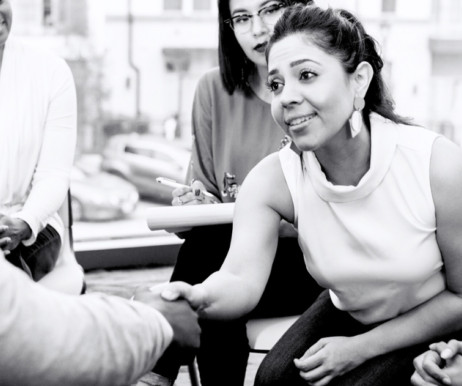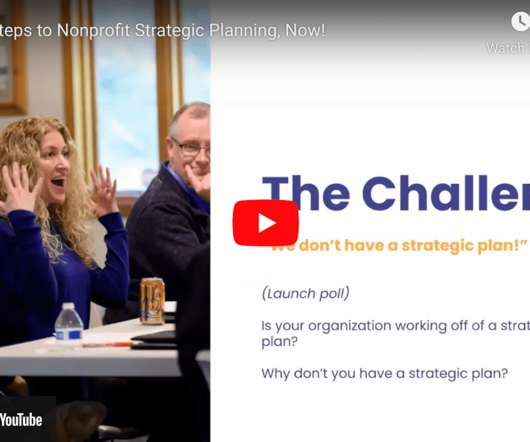Prioritizing authentic connections through trust-based philanthropy
Candid
MAY 15, 2024
What we learned by listening to grassroots organizations The Honnold Foundation works in partnership with marginalized communities around the world to expand equitable access to solar energy and develop locally relevant solutions to climate change. If a metric isn’t reflective of the impact they want to make, then why collect it?




















Let's personalize your content